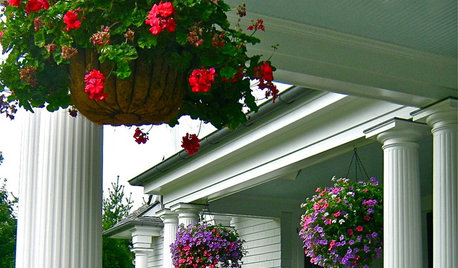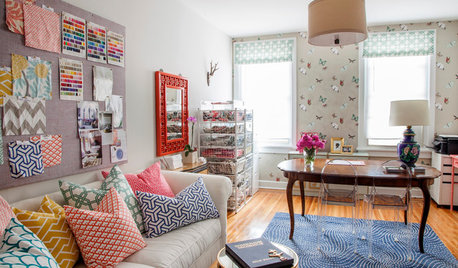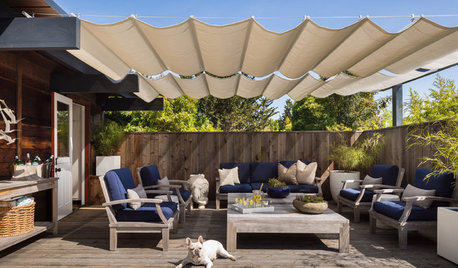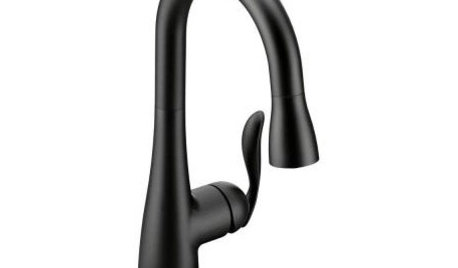Just can't get the hang of it!
terri0628
15 years ago
Related Stories

KITCHEN DESIGNTrending Now: 25 Kitchen Photos Houzzers Can’t Get Enough Of
Use the kitchens that have been added to the most ideabooks in the last few months to inspire your dream project
Full Story
PORCHESGet the Hang of Hanging Flower Baskets
Learn all about container materials, soil and designing a hanging flower arrangement for a bountiful look on your porch or deck
Full Story
COLOR8 Color Palettes You Can't Get Wrong
Can't decide on a color scheme? Choose one of these foolproof palettes for a room that feels both timeless and fresh
Full Story
We Simply Can't Get Enough: The Sunburst Motif
New Interpretations of the Sun Still Add Fire to a Room
Full Story
BEDROOMSGet in the Swing of Things With a Hanging Bed
Give your bedroom a style lift with a fully or partially suspended bed — or one that just mimics the look
Full Story
STUDIOS AND WORKSHOPSYour Space Can Help You Get Down to Work. Here's How
Feed your creativity and reduce distractions with the right work surfaces, the right chair, and a good balance of sights and sounds
Full Story
LIFEThe Polite House: How Can I Kindly Get Party Guests to Use Coasters?
Here’s how to handle the age-old entertaining conundrum to protect your furniture — and friendships
Full Story
MIDCENTURY HOMESHouzz Tour: How Can We Get Invited to This Awesome Midcentury Home?
A redwood-clad gem in California’s Marin County features a dreamy outdoor oasis with an open-door policy for the homeowners’ friends
Full Story
PRODUCT PICKSGuest Picks: 19 Kitchen Upgrades for When You Can't Afford an Overhaul
Modernize an outdated kitchen with these accents and accessories until you get the renovation of your dreams
Full Story
HOUSEPLANTS8 Houseplants You Can't Kill
They're forgiving and let you forget. Houseplants don't get any easier than this
Full Story





gansn
billie_ann
Related Professionals
Parole Landscape Architects & Landscape Designers · Summit Landscape Architects & Landscape Designers · Bristol Landscape Contractors · Crystal Landscape Contractors · El Reno Landscape Contractors · Elkridge Landscape Contractors · Firestone Landscape Contractors · Fort Mill Landscape Contractors · Franklin Landscape Contractors · Hicksville Landscape Contractors · La Mirada Landscape Contractors · Lemont Landscape Contractors · Lynn Landscape Contractors · Rockwall Landscape Contractors · 07920 Landscape ContractorsFleur
terri0628Original Author
fredw10
billie_ann
terri0628Original Author
terri0628Original Author
billie_ann
caroleena
wannadanc
valolson1
ruegge
violet4491
ladycraft
dizadncr